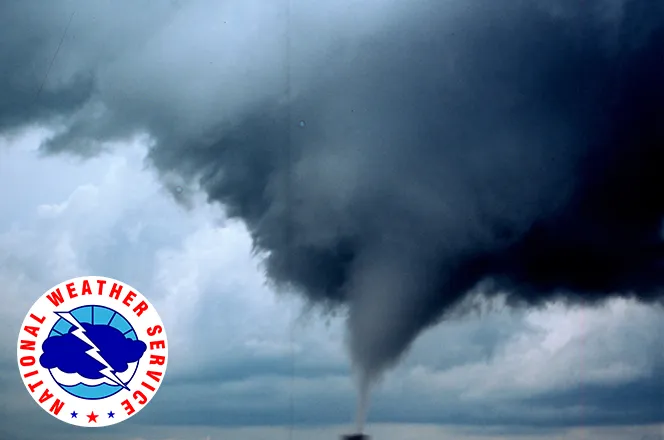
Spike in Colorado Heroin Use, Overdoses Leads to Multi-Agency Partnership
As heroin use continues to climb in Colorado and across the country, a recently formed multi-agency work group has released a report providing a detailed look at usage, overdose and treatment data.
“Law enforcement has seen significant increases in incidents of heroin seizures and arrests across the state,” said Tom Gorman, director of the Rocky Mountain High Intensity Drug Trafficking Area and co-chair of the multi-agency work group. “We must work to reverse this trend, not only for current heroin users and their families, but also prevent others from experiencing the tragic outcomes of addiction.”
“Heroin in Colorado” also includes a survey of Colorado heroin users conducted at methadone clinics across the metro area. Survey results provide a rare glimpse into users’ perspectives, including why they use heroin, how their addiction began and what obstacles they faced trying to end their addiction.
In addition, the report details some of the health effects of heroin use, including disease transmission as a result of shared needles and the increase in neonatal abstinence syndrome, which occurs when babies are born opiate dependent.
“Too many Colorado families have been hurt by the heroin epidemic,” said Lt. Gov. and Chief Operating Officer Donna Lynne. “This first-ever report provides the sobering statistics and serves as our call to action to do all we can to help our citizens avoid its use and provide support to those on the front lines of battling its misuse.”
The comprehensive report was compiled by the Heroin Response Work Group, which includes representatives from the Drug Enforcement Administration, Rocky Mountain High Intensity Drug Trafficking Area, the Colorado Department of Public Health and Environment, Colorado Department of Human Services, the Colorado Attorney General’s Office and the Colorado Consortium for Prescription Drug Abuse Prevention.
“People are dying from opioid overdoses at an alarming rate across the country and here in Colorado,” said Colorado Attorney General Cynthia Coffman. “Every one of the people we lose to an overdose is somebody’s loved one and their addiction and subsequent death not only impacts them and their families, it affects our community as a whole. Colorado must be proactive in tackling this heroin crisis, and this report provides us with comprehensive data that can help us to focus our state’s resources where they are most needed. My office will continue to work collaboratively with stakeholders to combat this growing issue.”
Report highlights include:
- Heroin-related deaths among Colorado residents doubled between 2011 and 2015.
- There was a 2,035 percent increase in the number of heroin seizures between 2011 and 2015.
- Between 2011 and 2015, there was an 80 percent increase in the number of hepatitis C virus cases among people ages 15 to 29 years old. Hepatitis C often is contracted when needles are shared.
Results in the report from the methadone clinic study show:
- Heroin use spans demographics. While the income and age range of respondents varied, many current or former heroin users reported having a college education, living in their own home and being employed.
- Seventy percent of respondents said prescription pain killers played a role in their decision to use heroin.
- When asked what could have prevented their heroin use, respondents said they might not have used heroin if they had never taken pain pills, had different friends or had more education about the effects of drug use.
“Colorado has an opportunity to be a model for the rest of the country in bringing law enforcement, treatment, recovery and prevention together in a true partnership to address the heroin problem,” said Dr. Larry Wolk, executive director of the Colorado Department of Public Health and Environment. “Each of our agencies recognizes collaboration is vital if we want to see reductions of heroin and other opioid use in coming years.”
















